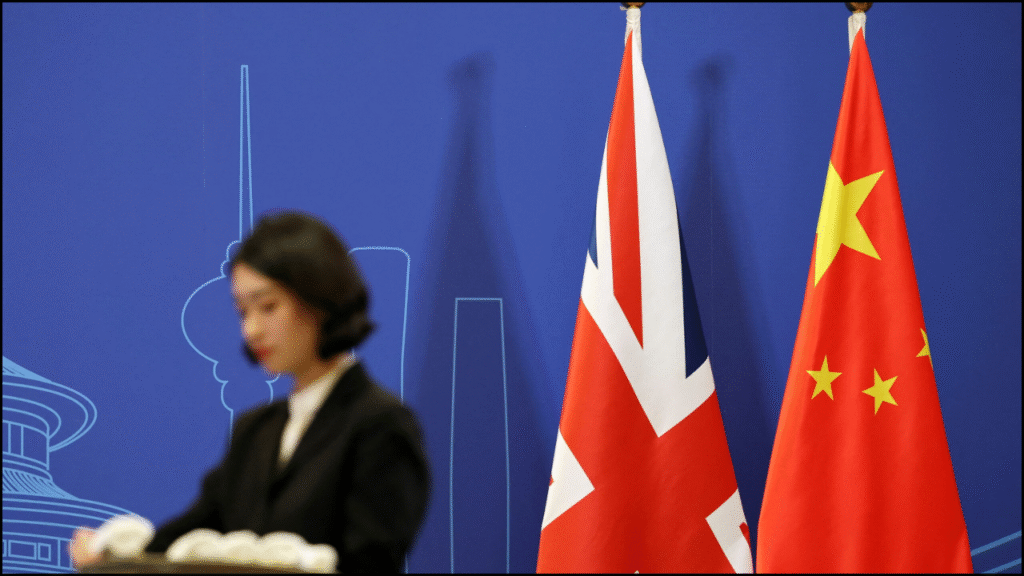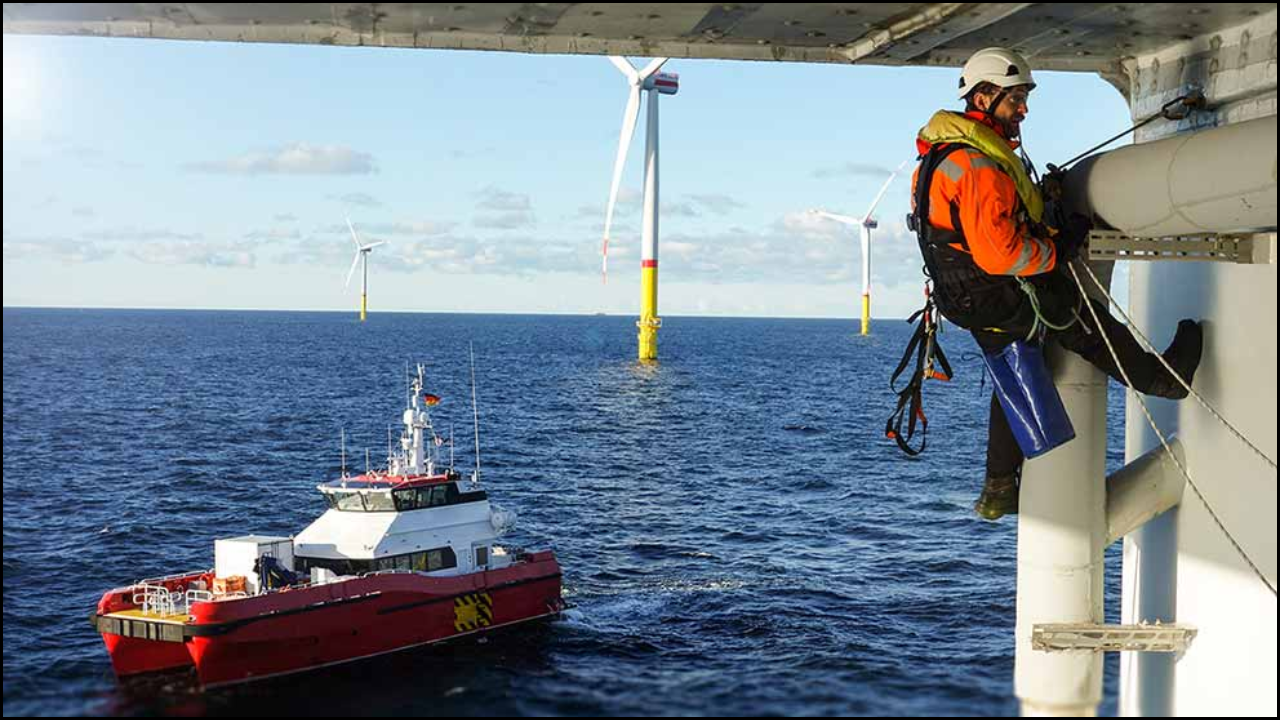
Global climate challenges demand strong partnerships between nations, and science diplomacy has emerged as a crucial mechanism to address them. The collaboration between the United Kingdom and China exemplifies how scientific cooperation can transcend political differences and promote collective environmental action. Through joint research, innovation, and policy dialogue, both nations have established a robust framework for tackling climate change, renewable energy development, and sustainable growth. The UK–China model has become a benchmark for global climate diplomacy by combining shared goals, mutual respect, and technological excellence.
Table of Contents
Concept of Science Diplomacy in Climate Action
Science diplomacy serves as a bridge between international relations and scientific collaboration. It enhances mutual understanding, supports innovation, and aligns scientific research with foreign policy objectives.
- Science diplomacy fosters dialogue between governments through research partnerships.
- It supports joint efforts to mitigate global issues like climate change and energy transition.
- Researchers and policymakers work together to develop actionable environmental strategies.
- Science-based evidence informs diplomatic decisions and builds global trust.
- It allows nations to share knowledge, infrastructure, and expertise for global benefit.
Evolution of UK–China Science Relations
The UK and China have collaborated in science and technology for several decades, evolving from academic exchanges to strategic climate partnerships.
- The UK–China Science and Technology Agreement, signed in 1978, laid the foundation for cooperation.
- The partnership expanded under the UK–China Research and Innovation Partnership Fund (Newton Fund), launched in 2014.
- Climate research, clean energy, and environmental governance became top priorities.
- Universities, research institutions, and industries from both nations play active roles.
- The collaboration now serves as a diplomatic model for sustainable global cooperation.
Key Areas of Collaboration in Climate and Energy Research
| Focus Area | Objective | Outcome |
|---|---|---|
| Renewable Energy Innovation | Develop offshore wind, solar, and hydrogen technologies | Advancement in clean energy deployment |
| Carbon Capture and Storage (CCS) | Reduce industrial CO₂ emissions | Creation of large-scale CCS pilot projects |
| Climate Modeling and Data Sharing | Improve prediction of climate patterns | Enhanced global climate forecasting accuracy |
| Sustainable Urban Development | Promote low-carbon cities and smart infrastructure | Reduced emissions from urban growth |
| Environmental Governance and Policy | Strengthen evidence-based climate policymaking | Improved environmental regulations and implementation |
Institutional Framework Supporting UK–China Climate Cooperation
| Institution / Initiative | Function | Contribution to Climate Research |
|---|---|---|
| Newton Fund | Supports joint research between the UK and China | Funds energy and climate resilience projects |
| UK Research and Innovation (UKRI) | Oversees international research partnerships | Encourages sustainable technology innovation |
| Chinese Academy of Sciences (CAS) | Leads national science and environmental programs | Provides research infrastructure and expertise |
| Foreign, Commonwealth & Development Office (FCDO) | Facilitates diplomatic engagement and science partnerships | Promotes long-term cooperation strategies |
| Innovate UK | Connects researchers and industries | Develops clean technology commercialization models |
Joint Achievements in Climate Research and Policy
The partnership has produced groundbreaking research and policy innovations that support global climate goals.
- Development of offshore wind turbine efficiency models adapted to different climates.
- Establishment of carbon emission monitoring systems using satellite data.
- Joint creation of low-carbon urban design frameworks for Chinese cities.
- Research on bioenergy and hydrogen fuel alternatives for industrial applications.
- Collaborative training of scientists and policymakers on sustainable practices.
Impact on Global Climate Goals
UK–China climate cooperation aligns closely with the Paris Agreement and the UN Sustainable Development Goals (SDGs).
| Goal | Area of Impact |
|---|---|
| SDG 7 | Promotion of affordable and clean energy systems |
| SDG 9 | Innovation in industry and infrastructure for sustainability |
| SDG 11 | Development of sustainable and resilient cities |
| SDG 13 | Strengthened climate action through joint research |
| SDG 17 | Enhanced global partnerships for sustainable development |
Science Diplomacy as a Tool for Trust and Stability
The partnership demonstrates that scientific collaboration can foster political trust and strengthen diplomatic ties.
- Collaborative projects encourage open communication between governments.
- Joint publications and research transparency build credibility.
- Neutral scientific exchange helps depoliticize complex environmental issues.
- Shared technological success reinforces long-term partnerships.
- International conferences and forums facilitate mutual respect and learning.
Case Studies of UK–China Climate Collaboration
| Project Name | Description | Impact |
|---|---|---|
| UK–China Offshore Renewable Energy Program | Joint research on offshore wind and tidal systems | Improved turbine efficiency and marine energy resilience |
| Clean Energy Partnership for Industry | Collaboration on industrial decarbonization technologies | Reduction of CO₂ emissions in manufacturing |
| Urban Energy Systems Project | Study of smart grid integration in Chinese cities | Development of energy-efficient urban planning |
| Air Quality Monitoring Initiative | Creation of advanced pollution tracking networks | Better urban environmental management |
| Sino-British Climate and Environment Research Program (SCER) | Research on climate risks and adaptation strategies | Strengthened policy support for national climate planning |
Technological Innovations Emerging from Collaboration
Both nations have introduced advanced solutions that contribute to global clean energy transitions.
- Development of hybrid renewable systems combining solar, wind, and hydrogen.
- AI-based tools for predicting extreme weather and optimizing energy output.
- New materials for high-efficiency energy storage and transmission.
- Smart grid technologies enabling low-carbon power distribution.
- Marine ecosystem monitoring tools supporting offshore energy expansion.
Benefits of the UK–China Science Diplomacy Model
| Benefit | Explanation |
|---|---|
| Shared Knowledge and Expertise | Scientists from both countries gain access to diverse research resources. |
| Accelerated Innovation | Joint R&D projects bring faster technological advancements. |
| Policy Alignment | Evidence-based policies ensure cohesive climate strategies. |
| Economic Growth | Green technology collaboration opens new business opportunities. |
| Cultural Exchange | Academic partnerships strengthen mutual understanding. |
Challenges in Sustaining Bilateral Cooperation
Despite successes, the partnership faces several challenges in maintaining consistent momentum.
| Challenge | Description | Mitigation Strategy |
|---|---|---|
| Geopolitical Tensions | Political differences may affect long-term research continuity | Maintain science as a neutral and independent field |
| Data Sharing Barriers | Privacy and intellectual property concerns can restrict collaboration | Develop transparent data-sharing agreements |
| Funding Imbalances | Differences in funding cycles and priorities | Establish co-financing mechanisms |
| Cultural and Institutional Differences | Diverse research structures may slow coordination | Strengthen joint governance frameworks |
| Regulatory Limitations | Policy restrictions on technology transfer | Encourage adaptive legal frameworks for innovation |
Role of Universities and Research Institutions
Universities play a vital role in implementing science diplomacy at the grassroots level.
- UK universities like Oxford, Cambridge, and Imperial College London collaborate with Tsinghua University, Peking University, and Shanghai Jiao Tong University.
- Joint PhD programs and exchange scholarships strengthen academic cooperation.
- Collaborative research centers focus on clean energy and sustainable technologies.
- University-led policy dialogues influence national and international climate decisions.
Future Prospects for UK–China Climate Cooperation
The future of UK–China science diplomacy lies in scaling innovations and expanding global leadership in sustainable development.
- Expansion into green hydrogen, carbon-neutral fuels, and offshore floating wind systems.
- Enhanced digital collaboration through AI, big data, and remote sensing technologies.
- Focus on climate adaptation for vulnerable coastal and urban areas.
- Creation of multilateral research consortia involving other climate-committed nations.
- Development of youth-led research programs to encourage future climate leaders.
Comparison: UK–China Model vs. Other Climate Partnerships
| Aspect | UK–China Partnership | Other Global Partnerships |
|---|---|---|
| Focus Area | Science-based diplomacy for energy and climate | Primarily, policy and funding cooperation |
| Approach | Joint research and innovation-led framework | Top-down government-to-government engagement |
| Strength | Strong integration between academia and policy | Focused on political agreements |
| Sustainability | Long-term, institution-based collaboration | Often short-term project-based |
| Impact | Technological breakthroughs and trust building | Limited innovation outcomes |
The Way Forward
The UK–China science diplomacy model stands as a leading example of how international cooperation can drive global climate action. Through joint research, mutual respect, and shared innovation, both nations have built a sustainable partnership that transcends political divides. Their collaboration demonstrates that science can serve as a powerful diplomatic tool to promote environmental resilience and energy transition. As global climate challenges intensify, this partnership provides a blueprint for other nations seeking to combine scientific excellence with diplomatic strategy to achieve a sustainable and carbon-neutral future.





